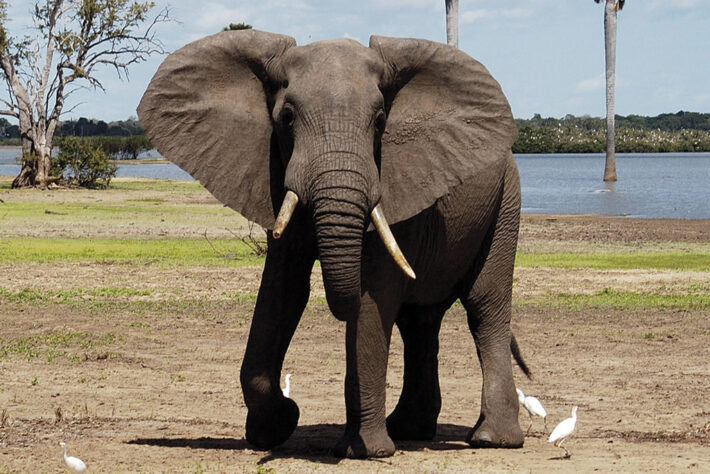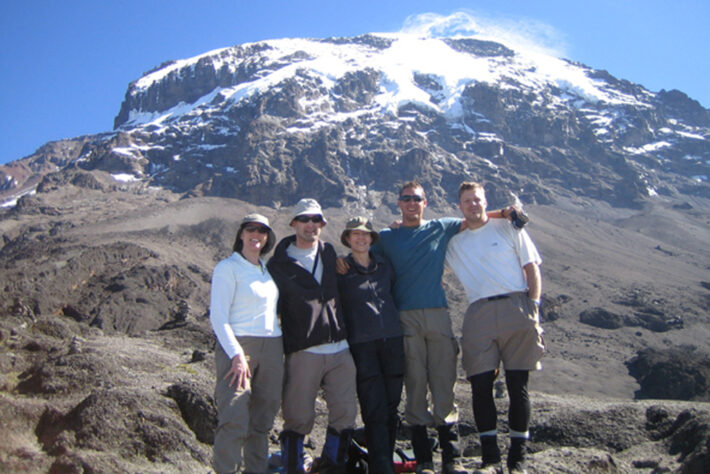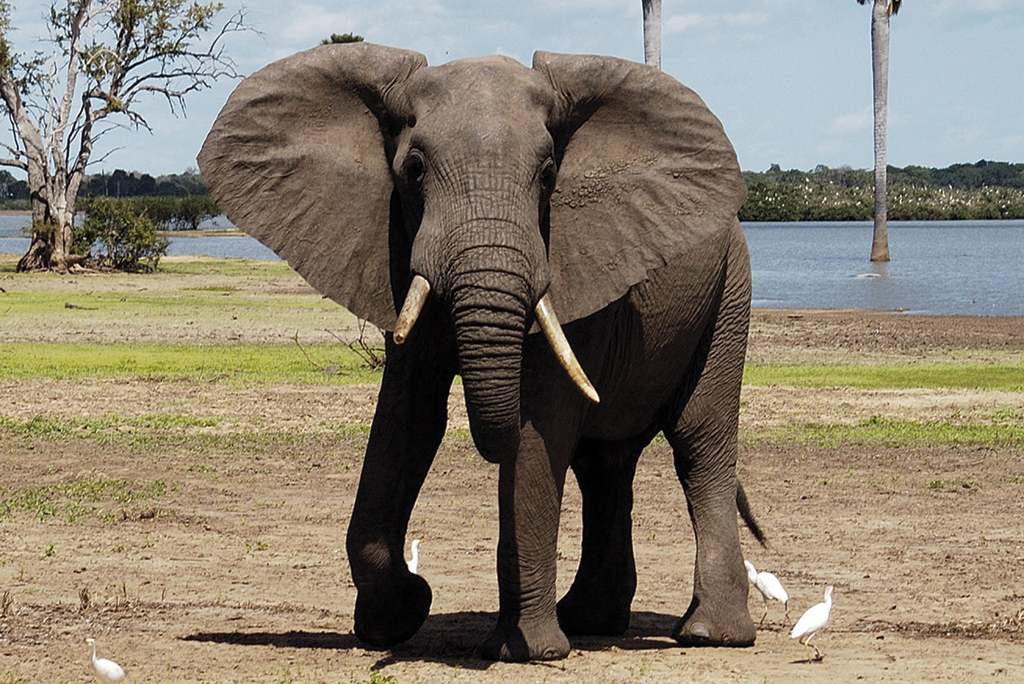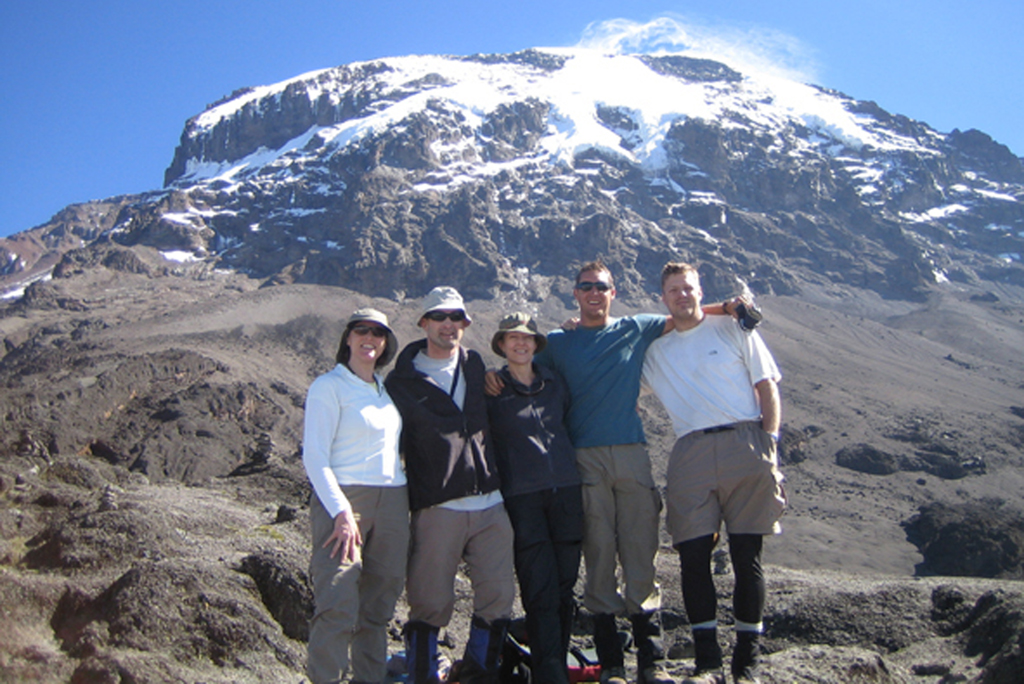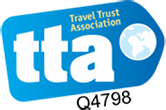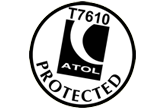Culture
Tanzania’s large Muslim population mainly live around the coastal regions and on the islands. However it is still important to dress decently when in any town or village, even inland. Women should cover their knees and shoulders and avoid low revealing tops. Skirts are considered more conventional than trousers. It is also more respectable for a man to wear trousers rather than shorts, and it is not acceptable to walk around in public without a shirt. When staying in a National Park or Reserve, at a lodge or campsite, it is acceptable to wear shorts and sleeveless tops.
Visas
Most visitors to Tanzania will need a valid Tourist Visa. These can be issued on entry and recently Dar es Salaam International Airport has modernised its visa processing; however it takes time on arrival, and there is always a queue, so we receommend for ease and convenience arriving with your visa already in your passport. Check with the Tanzanian Embassy in your country of origin before departure.
Time Zone
GMT + 3 hours. Due to the proximity to the equator the hours of daylight and darkness are fairly even.
Money
The Tanzanian Shilling is the unit of currency. It is possible to change traveller’s cheques in the main tourist areas, namely Dar, Arusha, Moshi and Zanzibar – but we don’t recommend it due to bad rates and high commission fees. US dollars are widely accepted. You should bring some US dollars as the import (and export) of Tanzanian Shillings (Tsh) is prohibited. There are ATMs in Dar es Salaam to withdraw local currency and money can be exchanged in banks and foreign exchange bureauxs (‘forex’). Visa and Mastercard are widely accepted and are a useful back-up.
Health
Nothing compulsory for European, Australian or North American citizens arriving by air, but we recommend protection against Malaria, Tetanus, Hepatitis, Typhoid and Polio. You should consult your doctor in advance for up-to-date advice.
Insurance
Adequate travel insurance is mandatory for everyone who participates in a Pioneer expedition. For Kilimanjaro, mountain rescue needs to be covered. Please bring a copy of your insurance policy and contact numbers to give to your expedition leader in case of illness or accident.
Medical Requirements for Kilimanjaro
We recommend all climbers have a medical check prior to your Kilimanjaro ascent to check that your age, fitness level and health conditions are suitable for high altitude trekking (we have a Kilimanjaro medical form if you would like to get this signed by your doctor). Please check if any of your medications can be affected by high altitude. There is no maximum age limit, however if you are over 60 you should definitely consult your doctor.
Altitude sickness can be a dangerous side effect of climbing Mount Kilimanjaro and Mt Kenya. Most people will experience altitude sickness to a small degree with slight headaches and possibly loss of appetite. This is to be expected and shouldn’t be of major concern. More serious forms of altitude sickness are rare and we take precautions against this with the usage of an Oximeter. An Oximeter is a very simple device that reads your blood oxygen level and we’ll test this daily to check you’re within safe limits. Our guides are trained to quickly diagnose altitude sickness and are very experienced in dealing with the symptoms if they do occur. All our clients can be assured that the risks associated with altitude sickness are minimal and you’re in very safe and capable hands on the mountain. Please be sure however to talk to your doctor before travelling to ensure you are in good health and some may consider the usage of Diamox in consultation with your doctor.
Training for Kilimanjaro
To fully enjoy your trip you should ensure that you are reasonably fit. This is a tough walking trip, with some steep terrain, but within the limits of a fit individual used to hill walking. You do not need to be an experienced mountain climber, but the fitter you are for this uphill trek, the more enjoyable you will find the experience. The extreme altitude of the final summit does make the climb more difficult. We would recommend you start training around 3 months before departure, working up to 2-3 times per week, lessening the training in the final couple of weeks before your ascent to allow your body to prepare for the real thing. As the trip is a walking trip, walking is what you’ll need to do to prepare yourself. We would recommend walking as often as you can, and walking longer distances on consecutive days over the weekends. Head for hills, uneven ground and if you can spend a few days in the mountains and camping out overnight (you’ll find that there is a difference recuperating between days walking when you are camping overnight) that is ideal. Nothing prepares you for mountain walking, as does mountain / hill walking itself, however if you are unable to do hill walking, then training on a stair master machine in the gym or similar is excellent. Always wear the boots you will be wearing on the climb to ensure they are thoroughly worn in and to minimise any problems with your feet and get used to carrying a day pack.



